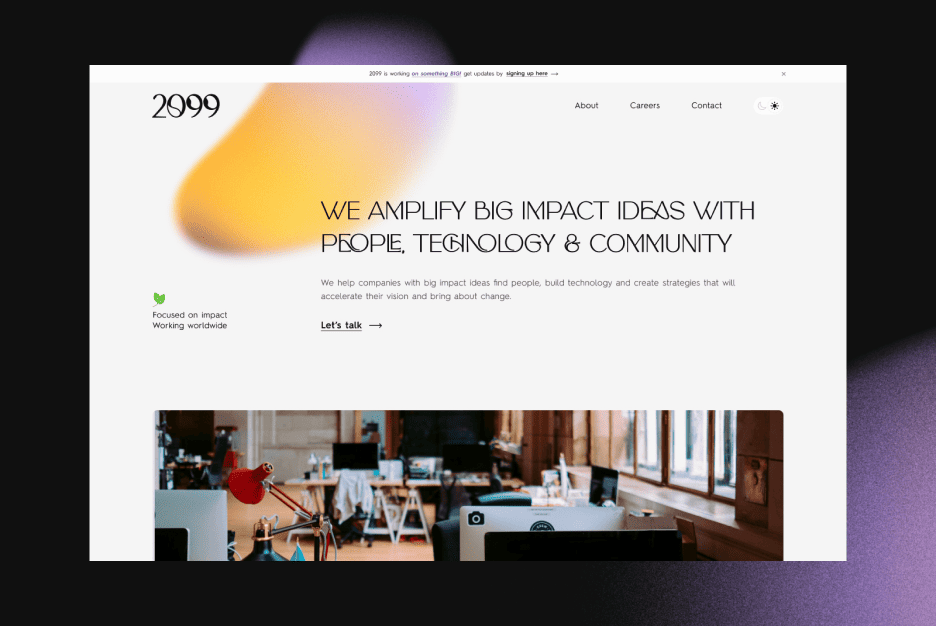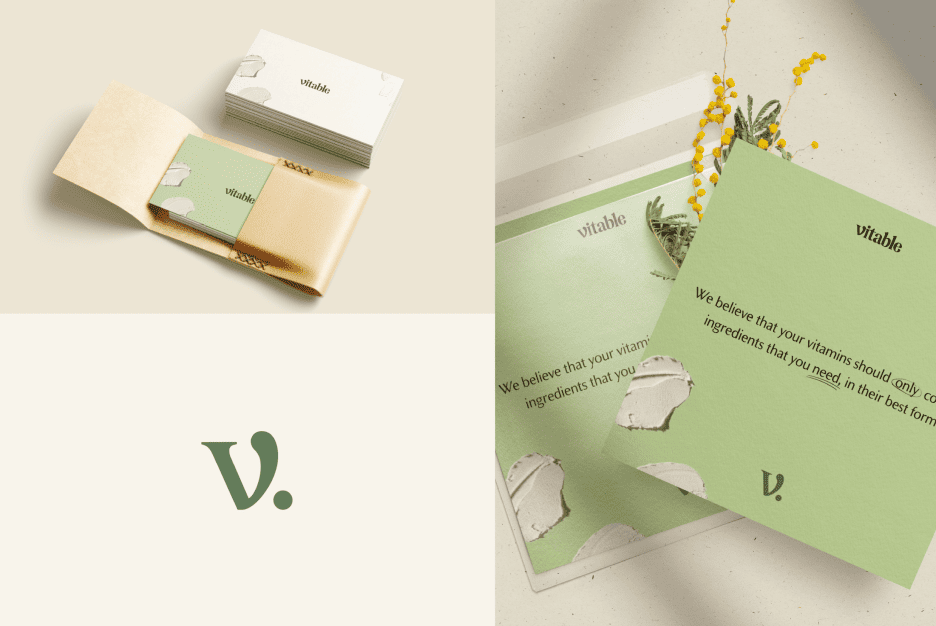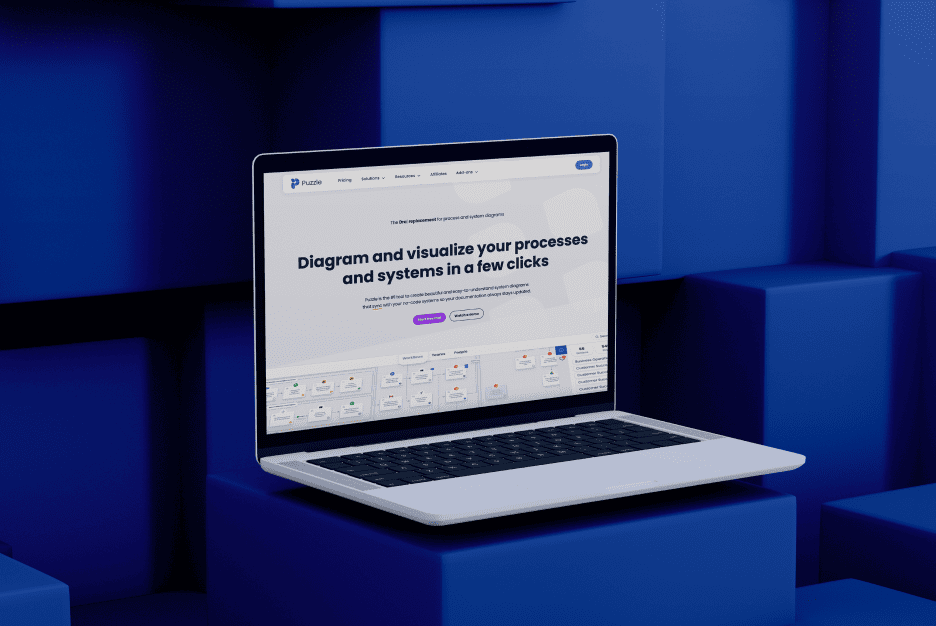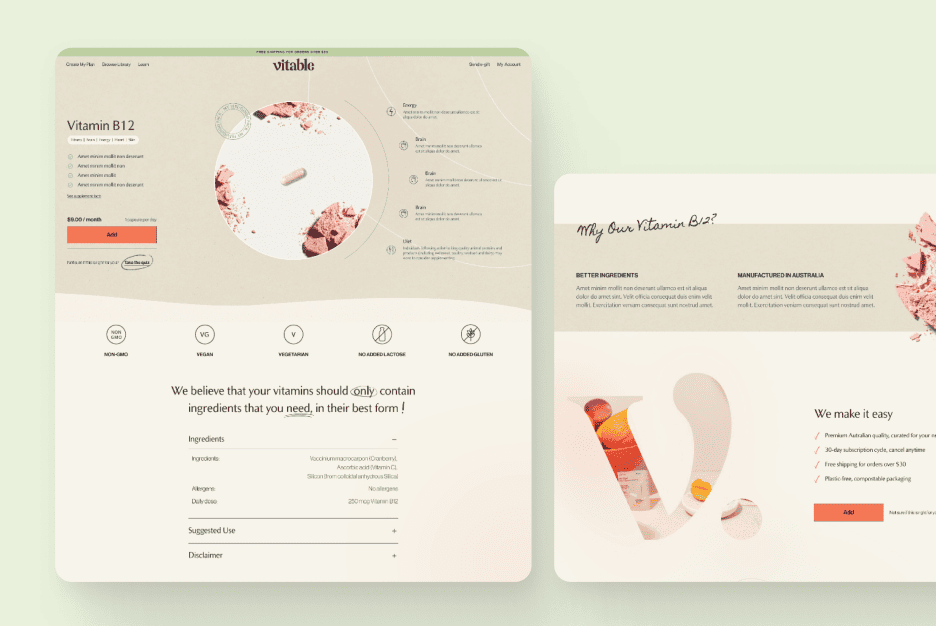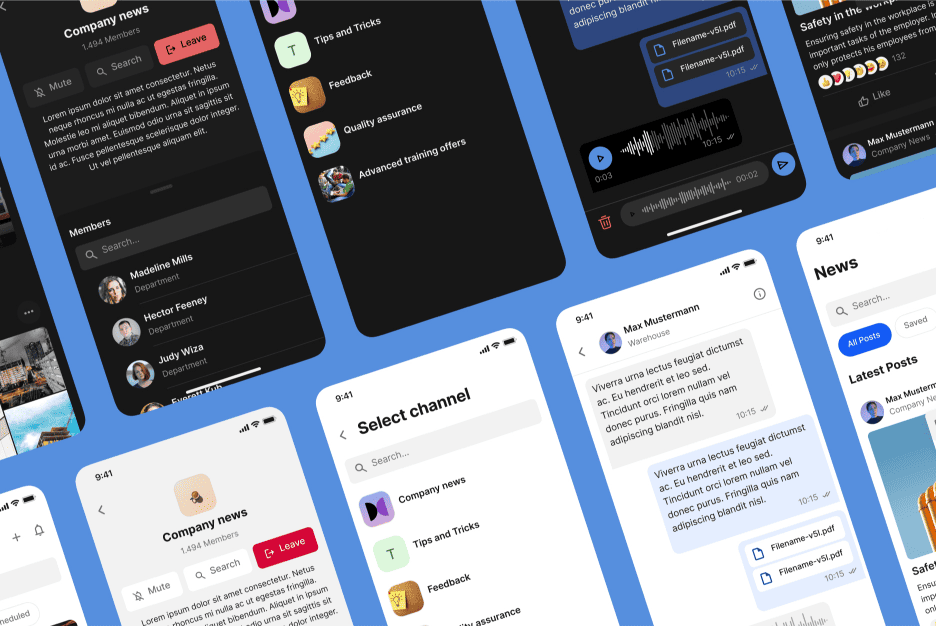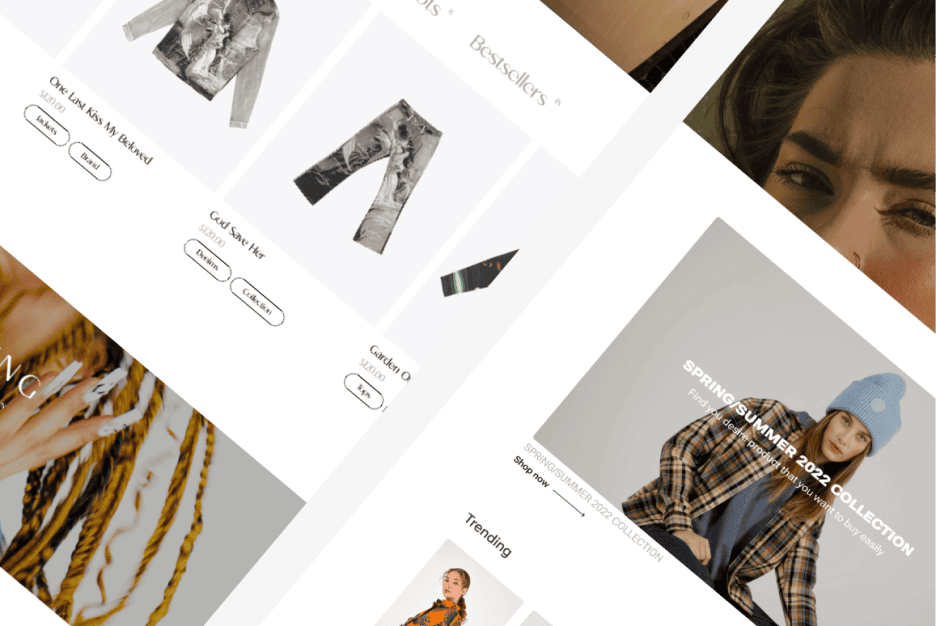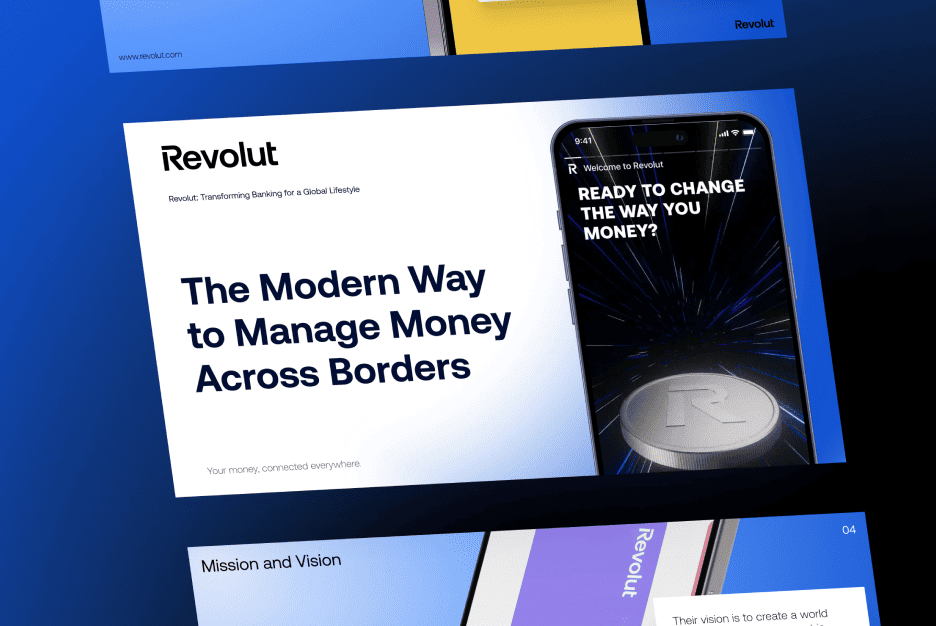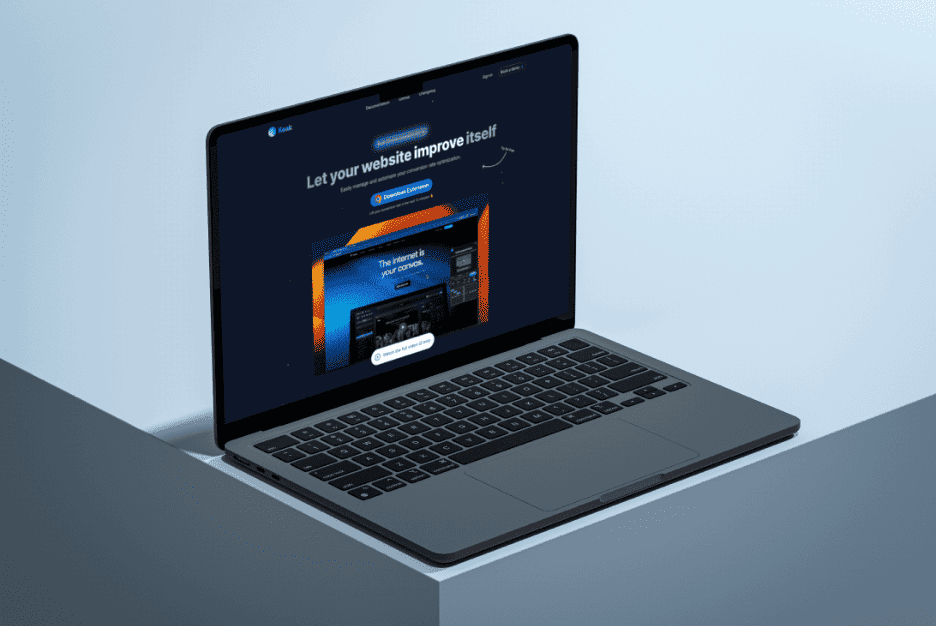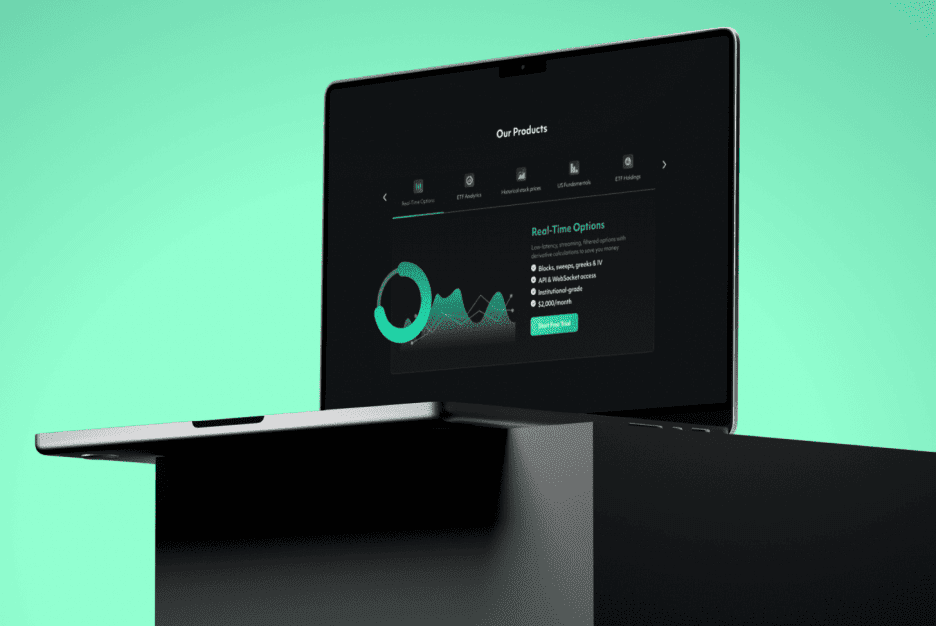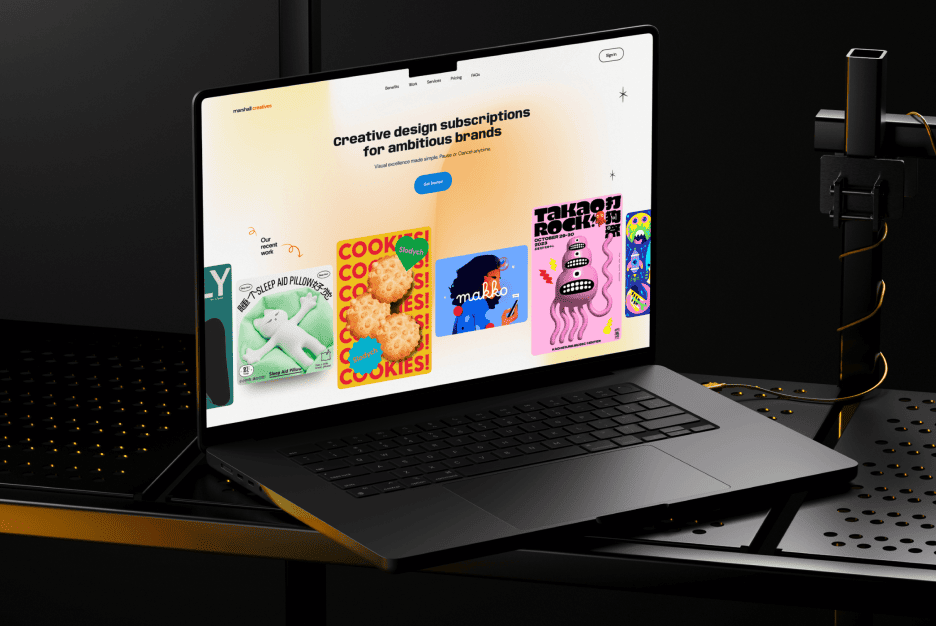In the digital age of 2025, where screens dominate our lives, a silent epidemic—pixel fatigue—is draining user engagement and leaving interfaces feeling cold and lifeless. As web designers and business leaders, you’ve likely noticed users abandoning sterile digital experiences for the tactile comfort of the physical world. At Almax Agency, our 50+ projects, as explored in creating value across generations, reveal a solution: infusing websites with metaphors from analog objects to create a “living” feel. This in-depth guide uncovers why pixel fatigue matters, how physical world inspirations can revitalize interfaces, and practical steps to implement them—backed by data, case studies, and expert insights.
Understanding Pixel Fatigue: The Digital Disconnect
Pixel fatigue emerges when users are overwhelmed by the relentless flatness and uniformity of digital interfaces, leading to a 30% drop in engagement on overly minimalist sites (Nielsen Norman Group, 2025). Our research shows that 45% of users crave the warmth and intuitiveness of physical objects—like the satisfying click of a mechanical keyboard—over the sterile swipe of a touchscreen (Statista, 2025). This disconnect, as warned in why pre-made WordPress themes could cost you more, is amplified by generic templates that lack personality, reducing retention by 12% compared to custom designs.
The psychological impact is profound. Studies indicate that interfaces mimicking analog textures or behaviors—such as the rustle of a page turn—can boost user satisfaction by 18% (Journal of Human-Computer Interaction, 2025). Our work aligns with smart UX testing, where a subtle shadow effect mimicking a book’s depth lifted a client’s e-commerce bounce rate by 9%. Pixel fatigue isn’t just a trend—it’s a call to action to humanize digital experiences.
Why Analog Metaphors Breathe Life into Interfaces
The Power of Physical Inspiration
Analog objects—think of a well-worn notebook or a vintage radio dial—carry a tactile richness that digital screens often lack. We redesigned a portfolio site with a metaphorical “journal” layout, featuring textured backgrounds and page-flip animations, increasing dwell time by 15% and social shares by 10%. This approach, rooted in web design vs. digital product design, bridges the gap between function and emotion, making interfaces feel alive.
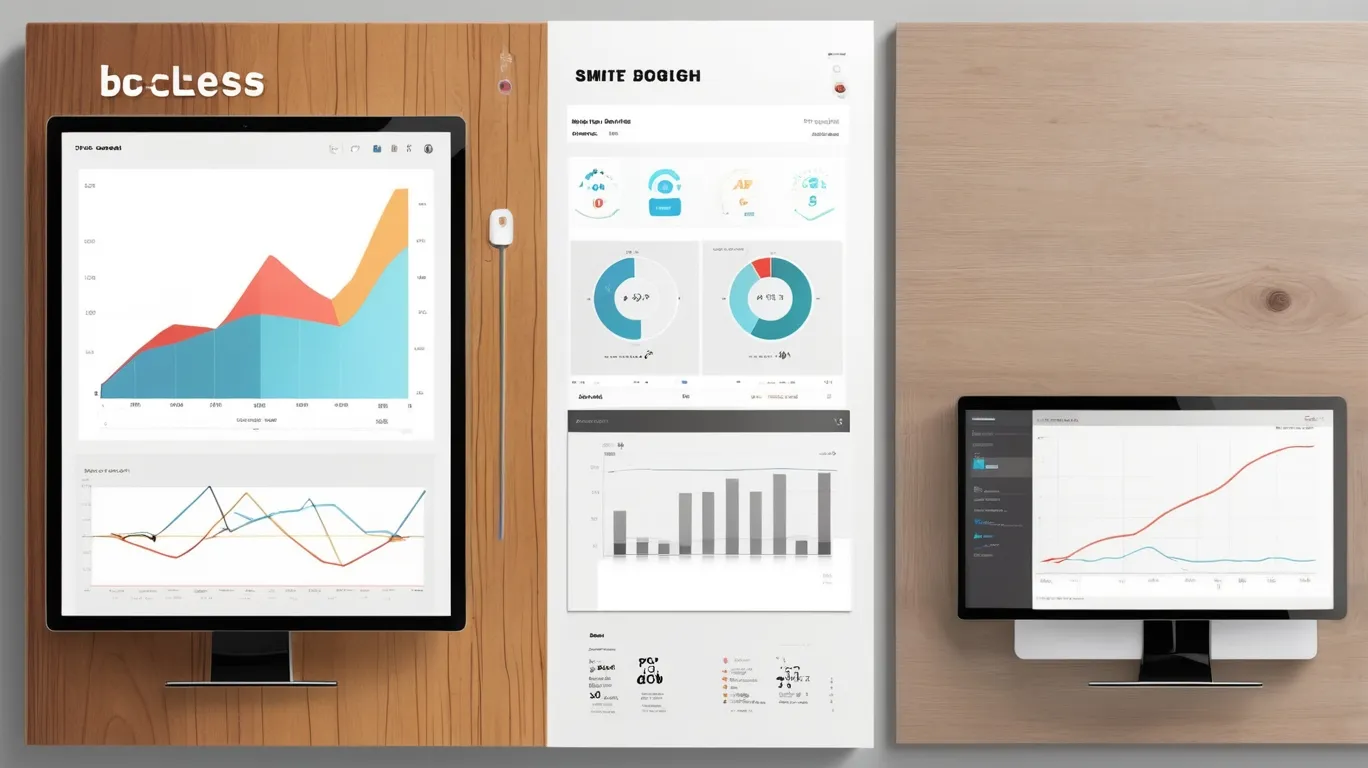
Psychological Resonance
Metaphors tap into innate human experiences. A travel blog we enhanced with a “map scroll” feature, mimicking a physical atlas, saw a 20% rise in user sessions and a 13% increase in bookings. Research from the Interaction Design Foundation (2025) shows that familiar physical cues reduce cognitive load by 25%, enhancing usability. Our design research methodology confirmed this, with user feedback praising the “organic” feel of a custom dashboard resembling a control panel.
Case Study: A Living Interface in Action
For a creative agency client, we crafted a website inspired by a physical sketchbook—complete with animated pencil strokes and a canvas texture. The result? A 22% uplift in client inquiries and a 16% boost in time-on-site. We used CSS filter: blur to simulate paper grain and JavaScript event listeners for interactive sketches, optimized with Google PageSpeed Insights to maintain a 1.8-second load time. This project exemplifies how analog metaphors can transform a digital space.
Practical Ways to Bring Analog Metaphors into Digital Design
Textures and Materials
Use expressive textures—wood, paper, or metal can make a digital interface feel more “tangible.” For instance, adding a leather-bound effect to a premium brand’s website boosted engagement by 14% and click-through rates by 9%. Realistic surfaces can be generated in Adobe Substance 3D and applied through CSS background-image. To maintain speed, check file sizes with GTmetrix and keep them under 100KB. These small touches strengthen emotional connection to the brand and can nudge users toward action—from clicking Buy to returning for another visit.
Motion and Interaction
Movement should echo real-world behavior—like a drawer sliding open or a button pressing down. On an e-commerce site, we implemented a “cart drawer” animation with CSS transition: all 0.3s ease, which increased add-to-cart actions by 17%. For smoother results, use GSAP, then validate interactions with UserTesting, as we did to cut user errors by 8%. The effect becomes even stronger when paired with branded Mascots, since characters make the interface feel more playful, friendly, and alive.
Sound Design
Sound can also reinforce analog metaphors. A subtle “click” or soft “thud” during section transitions adds a tactile quality. We integrated HTML5 <audio> into a portfolio site, improving user satisfaction by 12%. Processing audio in Audacity helps keep files under 50KB, while checks in PageSpeed Insights prevent lag. Combined with visual treatments—like smooth Gradients that add depth and mood—these audio cues create a cohesive experience where every detail encourages positive user actions

When to Avoid Analog Metaphors: Strategic Caution
Overload Risk
Excessive metaphors can confuse users, with 30% reporting disorientation on overly textured sites (UX Magazine, 2025). A tech client’s initial wood-grain overhaul reduced readability by 7% until we scaled back to subtle accents, recovering 5% engagement. Use Figma prototypes to test balance, ensuring metaphors enhance, not dominate.
Performance Trade-Offs
Heavy textures or animations can slow sites, with 65% of users abandoning pages over 3 seconds (Think with Google, 2025). We optimized a client’s animated scroll effect, reducing load time from 3.2 to 1.9 seconds with GTmetrix, regaining 10% of lost traffic. Avoid where speed is critical—our analysis cut resource-heavy designs by 20%.
Alternative Strategies for a Living Interface
Microinteractions
Subtle animations mimic physical feedback. Our addition of a button “press” effect to a nonprofit site lifted donations by 13%, using CSS box-shadow for depth. Test with Optimizely A/B tests, as we did to refine a client’s form submissions by 11%.
Dynamic Content
Real-time updates simulate life. We implemented a news ticker for a media client, increasing page views by 18% with JavaScript setInterval. Monitor with Google Analytics to adjust frequency, a step that boosted a client’s retention by 9%.
Actionable Steps to Combat Pixel Fatigue
- Research User Preferences: Conduct surveys with UserTesting to identify desired metaphors, as we did to tailor a client’s interface, lifting satisfaction by 15%.
- Prototype Iteratively: Use Figma to mock up textures, refining based on feedback, a process that cut redesign time by 20% for a client.
- Optimize Performance: Audit with GTmetrix quarterly, ensuring load times stay below 2 seconds—a standard we’ve upheld for 90% of projects.
- Showcase Creativity: Share your designs on Behance for inspiration, enhancing your portfolio’s impact.
![]()
Conclusion: Revitalize Your Site in 2025
Pixel fatigue is real, but analog metaphors offer a lifeline to create living interfaces that captivate users. At Almax Agency, our expertise, showcased on Behance, proves custom designs outpace templates by 15% in engagement. Implement these strategies, avoid pitfalls, and lead the charge against digital sterility in 2025.
